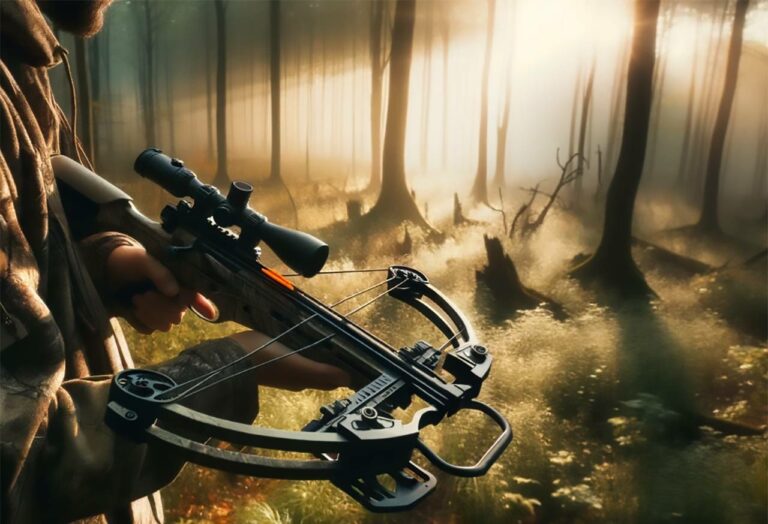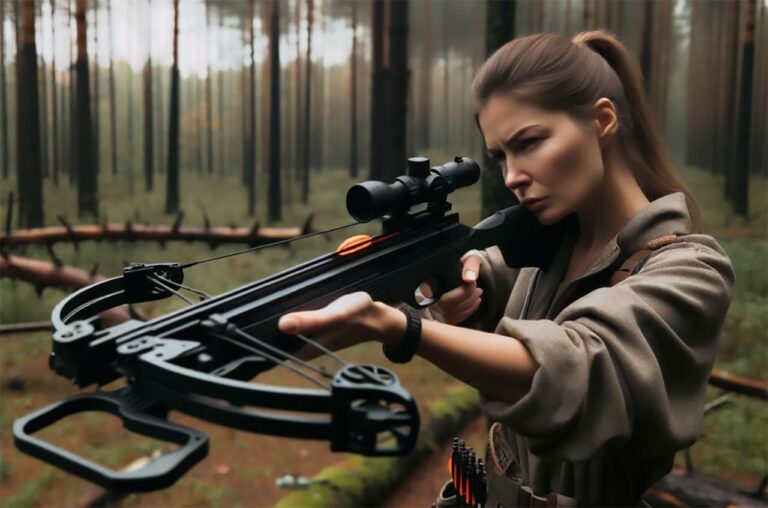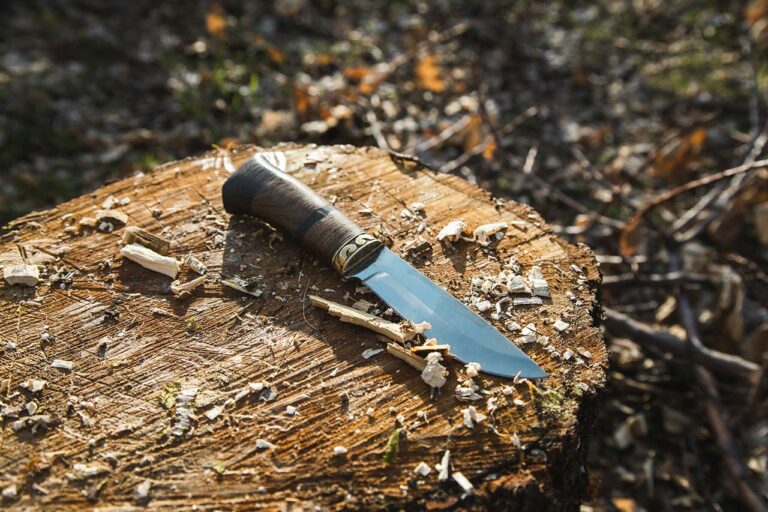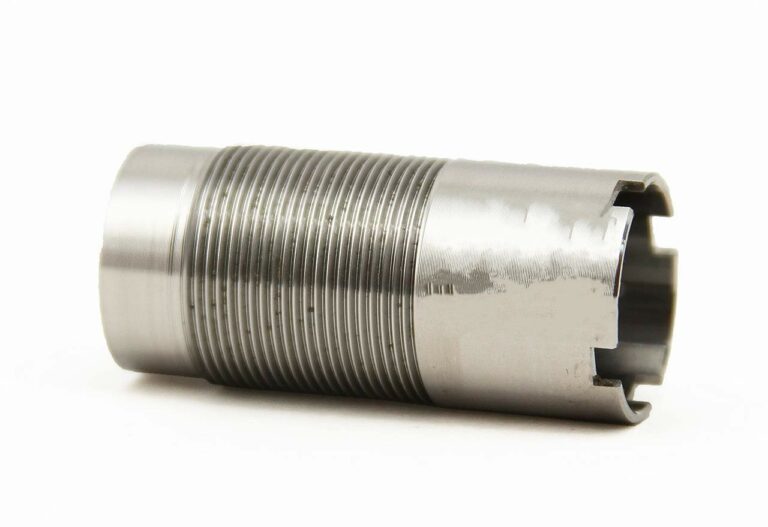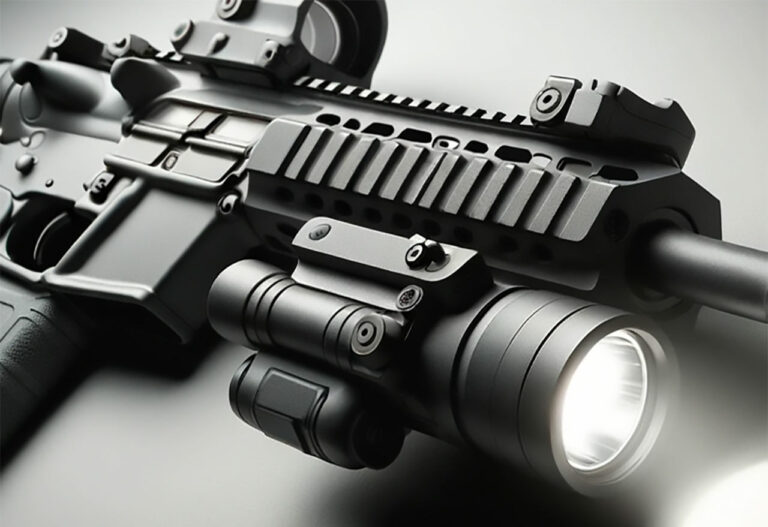Mechanical vs Fixed Broadheads: What’s The Difference?
When considering what type of broadhead to use for hunting, you’ve got a couple of main options: mechanical broadheads and fixed broadheads. Both type of broadhead offers its own unique benefits and drawbacks, so, when it comes to choosing between the two, it really comes down to which broadhead best suits your needs and hunting style.
Mechanical broadheads have a reputation for larger, more devastating wound channels thanks to their expanding blades upon impact. They generally fly more accurately, mimicking the flight of a field point, which is particularly helpful for hunters who struggle to consistently group their shots.
Fixed broadheads possess superior penetration capabilities, as they don’t require any energy to open their blades. They are also known for being more reliable and robust, able to withstand the rigors of hunting game with heavy muscle and bone.
Either broadhead can be the right broadhead for the job, depending on what the job is, so let’s dig a little deeper into the workings of both to help you choose the arrow best suited to your next hunt.
Mechanical vs Fixed Broadheads: Core Differences
When it comes to choosing between mechanical and fixed-blade broadheads, there are a few core differences to consider.
Penetration
Fixed-blade broadheads are known for their ability to punch through heavy muscle and bone more effectively.
Mechanical broadheads may have trouble penetrating as deeply under certain conditions.
Cutting Diameter
Mechanical broadheads offer a larger cutting diameter because their blades expand upon impact. This can result in a more devastating wound and potentially a larger blood trail.
Fixed-blade broadheads typically have a smaller cutting diameter since their blades remain static.
Risk of Failure
Fixed-blade broadheads eliminate the risk of blade deployment failure, as their blades are always exposed.
Mechanical heads, while generally reliable, have a small chance of failure; their blades might not open properly under certain circumstances.
Accuracy
Both fixed and mechanical broadheads can be highly accurate, but mechanical broadheads get the nod for being able to fly better out of untuned bows.
Tuning and Bow Compatibility
Fixed-blade broadheads typically require more time and effort in tuning your bow to achieve optimal flight.
Mechanical heads are generally more compatible with a wider range of bows and arrow speeds, making them easier to set up.
Blade Surface Area
Fixed-blade heads usually have a larger blade surface area, which can create a chopping effect on impact.
Mechanical heads, especially those with short blades, create more of a slicing effect, which some hunters prefer.
Experience in Hunting
Due to their different benefits, either fixed or mechanical broadheads may perform better in different hunting scenarios. Here’s how the two pan out under certain conditions.
Game Hunting
When hunting big game like deer, elk, moose, or bears, the choice between mechanical and fixed broadheads is crucial for a successful outcome.
Mechanical broadheads have larger cutting diameters, which can lead to bigger blood trails and easier tracking.
Fixed-blade broadheads are known for their better penetration capabilities, especially through heavy muscle and bone, which can aid in taking down large prey.
Fixed-blade heads are also known for their reliability as there are fewer moving parts.
Bowhunting
Bowhunters shoulder the responsibility of choosing the right broadhead for their particular needs. Factors like draw length and draw weight of your compound bow, as well as the game you’re hunting, play significant roles in the selecting the right bow.
Both fixed and mechanical broadheads have their pros and cons for bowhunters, but ultimately, your success in bowhunting will depend on your ability to shoot accurately and confidently with your chosen broadhead.
Crossbow Hunting
Crossbow hunting generally produces higher arrow speeds than traditional bowhunting, which can affect broadhead performance.
With faster arrow speeds and increased kinetic energy, mechanical broadheads may open sooner upon impact, potentially compromising penetration.
Fixed-blade broadheads typically offer more consistency in performance, even with crossbows.
Ensuring proper alignment and sharpness will help ensure success when hunting with your crossbow, regardless of the broadhead type.
Hunting Broadhead Gear
Apart from the type of broadhead you choose, there are additional considerations in maintaining and selecting your hunting gear.
| Factors | Importance |
|---|---|
| Blade size | Affects penetration and cutting diameter |
| Blade count | Determines wound channels |
| Screws | Ensure proper blade alignment and secure function |
Shooting Accuracy
Ultimately, it comes down to accuracy when bow-hunting, and not the type of arrow you choose. Both fixed-blade and mechanical broadheads can fly true when properly tuned and matched to your bow’s setup. Consistent practice and familiarity with your chosen broadhead can make all the difference when it’s time to take that shot in the field.
Regardless of whether you’re hunting with a compound bow or crossbow, your success in taking down game like whitetail deer or bears relies on your ability to shoot accurately under pressure with your chosen broadhead.
Advanced Broadhead Considerations
Broadhead Tuning
To achieve the most accuracy and precision with your broadheads, tuning is essential. Tuning involves adjusting the bow and arrow setup to ensure that your broadhead-tipped arrows hit the same point of impact as your field points. This process can be a bit time-consuming but is worth the effort to improve your shooting accuracy.
Impact and Recovery Rates
When considering mechanical vs fixed broadheads, it’s essential to look at the impact on the game and recovery rates. Mechanical broadheads offer larger cutting diameters, resulting in bigger wound channels and potentially better blood trails, while fixed broadheads are known for their deep penetration and ability to break through bone. With proper shot placement, both broadhead types can have high recovery rates, but it’s still crucial to weigh the pros and cons, depending on your hunting style.
Deploying and Planing
Mechanical broadheads deploy upon impact, with their blades opening to increase the cutting diameter. This system can be quite effective, but there’s a risk of mechanical failure, reducing penetration. Planing refers to the possibility of the broadhead steering the arrow off course during flight. While some fixed broadheads may display minimal planing, one way to minimize this issue is by using a helical fletching arrangement to stabilize the arrow in flight.
Precision and Forgiveness
Forgiveness in broadhead shooting comes down to the ability of an arrow to fly true and maintain accuracy despite minor imperfections in the shot execution. While mechanical broadheads are often praised for their larger cutting diameter, fixed broadheads tend to be more forgiving and precise, especially when properly tuned. A well-tuned fixed broadhead allows you to confidently hit your target and maintain consistent arrow flight.
Aerodynamics and Physics
The aerodynamics of a broadhead, often determined by its shape and design, can significantly impact your arrow’s speed, stability, and downrange energy. Fixed broadheads, with their streamlined and compact design, are typically more aerodynamic than mechanical broadheads, leading to greater stability and accuracy during flight.
That said, mechanical broadheads, with their closed blades during flight, can still offer impressive aerodynamics.
Again, the best way to choose between mechanical and fixed broadheads is to practice with both, because, when it comes down to it, the debate of fixed broadheads vs mechanical broadheads, is really less about the broadheads themselves and more about how well you shoot with them.


